Violette Impériale - Eau de toilette
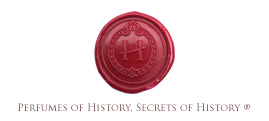
reinterpreted Perfume of History
Paris, June 1rst 1879
Imperial Violet is an eau de toilette created as a homage to the love that Empress Eugenie, wife of Napoleon III, had for her son, of which the violet was the secret symbol.
The Violet enjoyed two long periods of glory during the nineteenth century, both of which were associated with the Empresses of France.
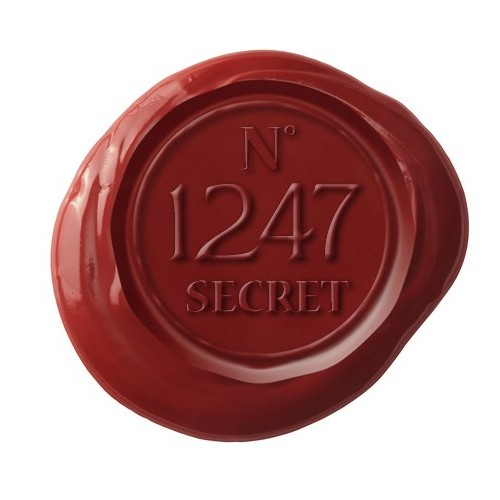
N° 1247
The Heavenly Perfume
When Napoleon III died in 1873, watching over the Imperial Prince, sole heir to the dynasty, became Eugenie’s only objective. His studies completed, Eugenie decided to send him on a voyage across Europe to champion his right to the throne…
But the Imperial Prince sought his legitimacy in military glory, and with Queen Victoria’s consent (and in spite of his mother’s supplications), he entered the Royal Horse Artillery, which at that time was currently waging war against the Zulu people in South Africa. On the 29th February 1879, the 23-year-old officer boards the Danube, a large riverboat, at Southampton.
He never saw the Empress again. On the 26th March, after twenty-seven days on the water, he reaches the Cape. On the 3rd April, he disembarks at Durban. On the 19th, he arrives at Pietermaritzburg. On the 29th, he settles in Dundee.
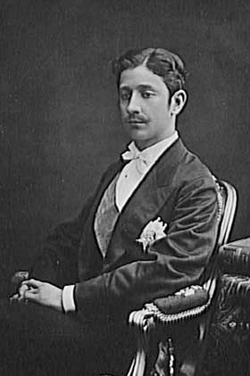
A few months later, on the 1st June 1879, he embarks on a mission into the bush with a dozen men. At approximately two in the afternoon, the small group stopped to lunch. It seemed like a calm spot. The officers lingered and were suddenly attacked by a group of Zulu warriors who had caught them off-guard from their hiding place in the savannah. Overcome with panic, the English jumped onto their horses and fled without firing a single shot, abandoning Prince Louis, who only had his revolver to defend himself. He held out for a few desperate minutes before a javelin pierced his stomach and another stopped his right eye. The Prince collapsed and the Zulus put an end to his misery.
The following day, a group of Englishmen set out to find the body of the Imperial prince. They found the body mutilated with 17 spear-wounds. They took him back to Durban where he was placed on a boat making for England.
Witnesses claimed that upon hearing the death of her son, the Empress Eugenie ‘let out a horrible cry, then collapsed, as though in a daze…’ For months on end, she was consumed by a dreadful despair.
The Violet Fragrances of Immortal Love
In April 1880, she decided to visit South Africa to spend the first anniversary of her son’s death at the exact place the Zulus had killed him, right in the bush…
However, for several weeks the expedition turned in circles in the bush without finding the site of the attack. After fifty nights sleeping in a tent, cast into the most profound doubt, she decided to return to England and spent her final night in the bush crying. In the small hours of the morning, while the group was busy dismantling the campsite, the Empress Eugenie felt a sudden spurt of uncontrollable intuition. She quickly got to her feet and, seizing hold of an axe, she went into the bush, followed by her flabbergasted companions…
Walking at marching speed for hours, without restraint or pause, driven solely by her intuition, slicing through creepers and stumbling, she advanced determinedly, guided by the scent of a violet. All of a sudden, her companions heard her cry triumphantly: ‘This is the place!’
Dumbstruck, they approached and noticed that Eugenie had found a pile of stones in the form of a pyramid. The Empress fell to her knees and cried.
At Eugenie’s request, Sir Evelyn Wood and his companions retreated one hundred metres and set up camp, while the Empress spent the night alone, on her knees, crying next to the stone pyramid in front of which she had lit candles.
Yet, at dawn, a strange thing happened: although there was not a single breath of wind, the Empress suddenly saw the flame of the candles gutter as though someone had tried to blow them out. Stirred, she addressed her dead son: ‘Is it you here? Do you want me to leave?’ The flames then quickly expired, and Eugenie left to rejoin her companions, trembling.
She explained to Sir Evelyn Wood that, as they were about to leave the camp to make their way back to Dundee, in the most extreme distress, she was suddenly beset by an extraordinary and overpowering scent of violets. ‘That perfume,’ she told him, ‘surrounded me and assailed me with such violence that I thought I might faint. Oh, you probably do not know, my son had a real passion for that scent. He made abundant use of it for his toilet. It seemed like a sign to me. And I followed that scent blindly without doubting for an instant that it would lead me to the place where Louis fell.’
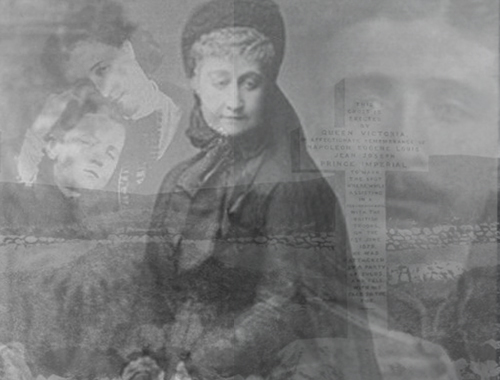
The memorial to the Imperial Prince Louis Napoleon exists to this day in the heart of Zululand. It is to be found approximately 70km east of Dundee, near the village of Ukwekwe. A low wall of large stones surrounds a bit of earth where the tombstone stands and the cross that Queen Victoria had erected in homage to her ‘poor and dear prince.’
Bibliography
Breton Guy et Pauwels Louis, Histoire Magiques de l'Histoire de France, Paris : Omnibus, 1999
Iconography
Prince impérial : http://www.napoleon.org/histoire-des-2-empires/dossiers-thematiques/le-prince-imperial-1856-1879/
The Violet enjoyed two periods of glory.
The Violet : the flower of the Empresses of France
The first was under Napoleon, as the violet was associated with Josephine de Beauharnais, who, the day she first met Bonaparte, sported a bouquet of violets at her waist and offered it to him. It became a habit with the latter to offer Josephine a bouquet of violets in his turn for each wedding anniversary. The violet subsequently became the coded symbol of allyship for Napoleonic partisans, who would identify each other with the phrase, ‘Do you like violets?’
The second period was the reign of Napoleon III, because the Empress Eugenie had a great fondness for the flower. And it was during Napoleon III’s reign that, in 1854, the first cultivar of Parma violets arrived at Saint-Jory. A soldier from the Napoleonic army had brought the first violets in his saddlebag to offer to his beloved.
The market gardeners of Toulouse rapidly developed the cultivation of the Parma Violet, thereby cementing Toulouse’s reputation, which became the rosy city of the Violet. At the start of the twentieth century, there were nearly 400 cultivators of violets, producing nearly 600000 bouquets each year, sold at the Jacobin Violet markets.
Secret of Art : the extraction of the violet
The Violet is a herbaceous plant native to Europe. It grows wild and is cultivated in Asia, France and North America. Flowering occurs in March and April in France.
The stems and leaves of the flowers are distilled in volatile solvents to obtain the absolute. In prestigious perfumeries, the Absolute of the violet flower often has its colour removed, as the dark shade is considered undesirable in perfumes.
History of Perfumers, Secrets of Perfumers
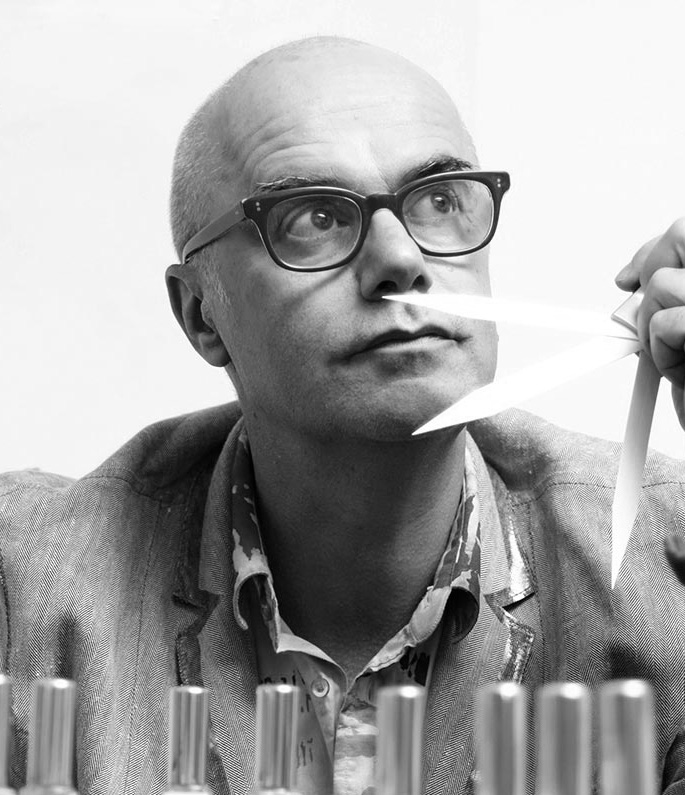
‘The Violet is often associated with women whose suave and heady beauty is suffused with mystery.
This perfume captures the essence of violet flowers with its elegant and mischievous temperament.
The first notes are delicious and velvety thanks to the Orange which brings out the nuances of Blackberry and Peach. A subtle note of Violet then appears, with an allure powdered and faceted by the noble Iris, while Ylang-ylang and strawberry bring a meltingly tender texture, evoking the lipsticks of the past.
In the background, if the woody notes of vetiver and sandalwood recall a sophisticated garden, the vapour is equally sweet and diaphanous thanks to the fullness of the musks which palpably envelope the Amber and Vanilla, evoking the luxurious dresses of the Second Empire.’
Bertrand Duchaufour
olfactory pyramid
Head notes : Orange, blackcurrant, peach
Heart notes: Violet, iris, raspberry
Base notes : Vanilla, musk, amber, vetiver, sandalwood
| Historicity : | recomposition de formules historiques à base de violette, inspirées des carnets de composition et des recommandations des Grands Parfumeurs d’Art à l’époque de l’Impératrice Eugénie, dont P. Pradal, auteur du Nouveau manuel complet du parfumeur. |
| Concentration : | Eau de toilette |
| Capacity : | 15 ml, 50 ml et 100 ml |
| Fabrication : | French |
| Place of production : | France |
| Perfumer of Art : | Bertrand Duchaufour |
| Publisher of the Fragrance of Art : | HISTORIAE, Manufacture of Perfumes of Art and History |
Customers who bought this product also bought:
-
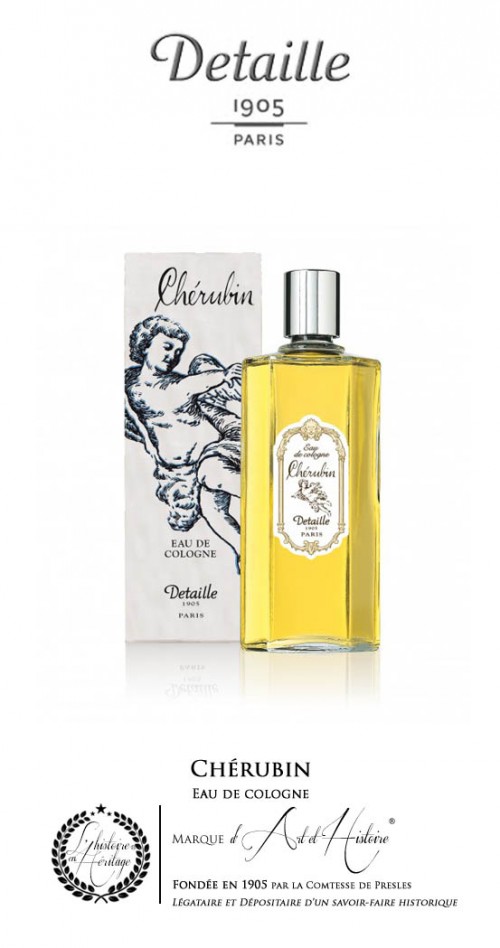
Chérubin - Eau de Cologne
-
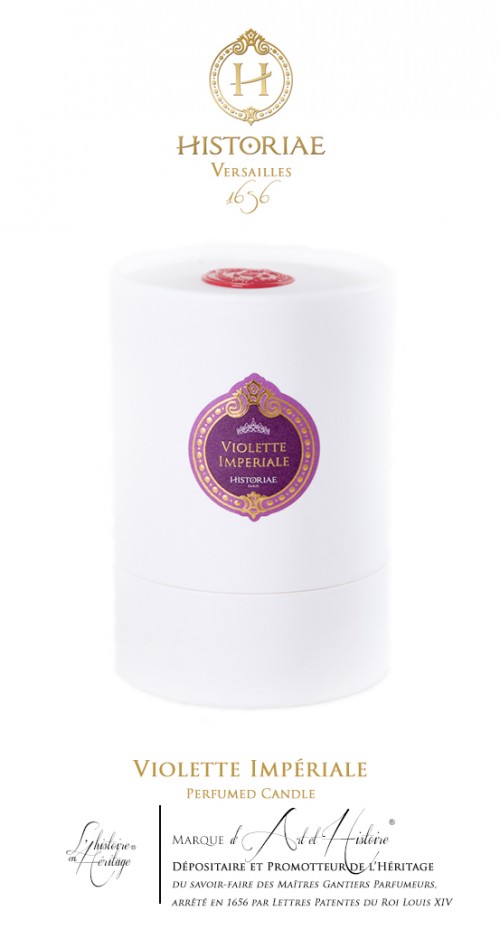
Violette Impériale - Scented Candle
-
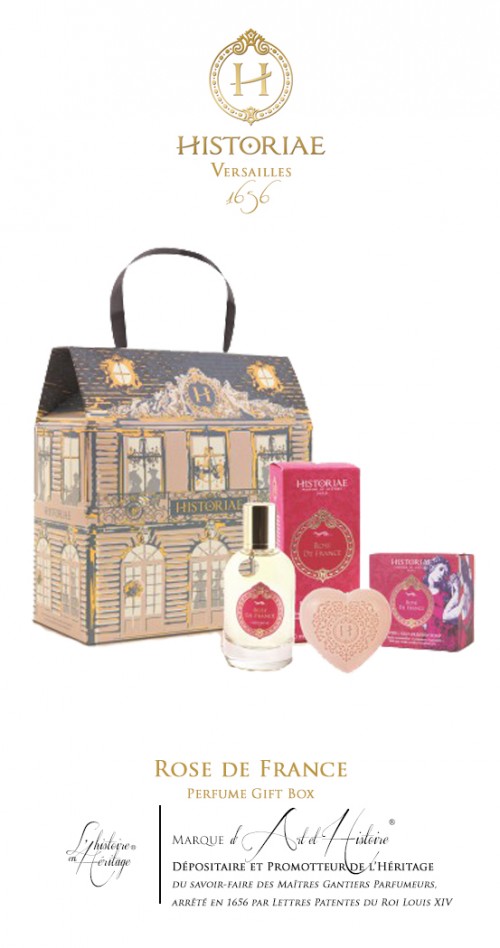
Rose de France - Perfume Gift Box
-
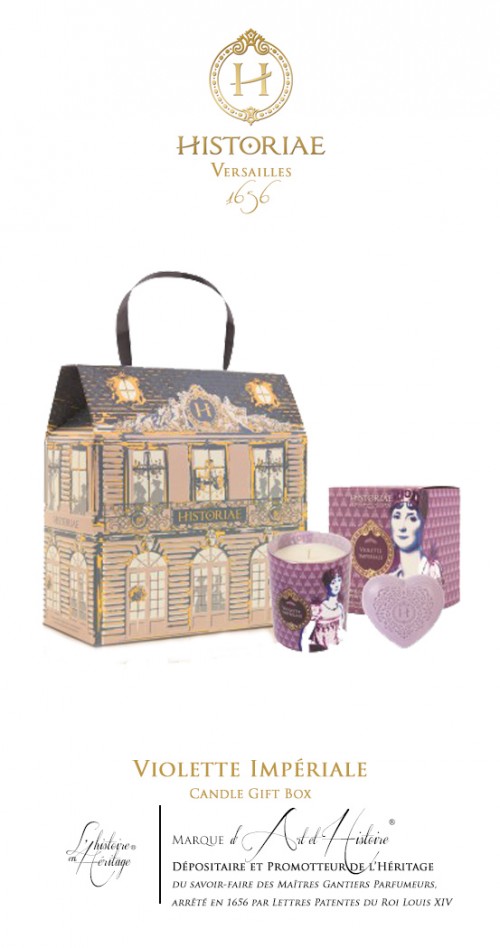
Violette Impériale - Candle Gift Box
-
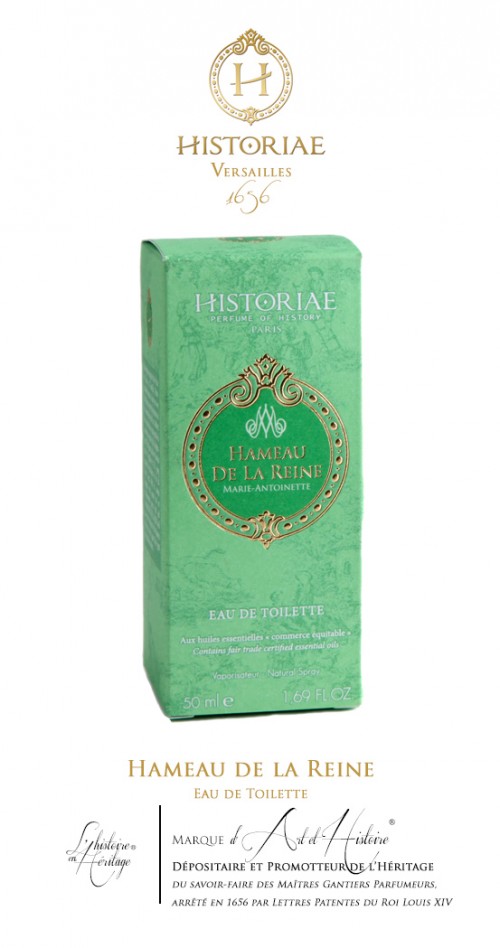
Hameau de la Reine - Eau de Toilette
-
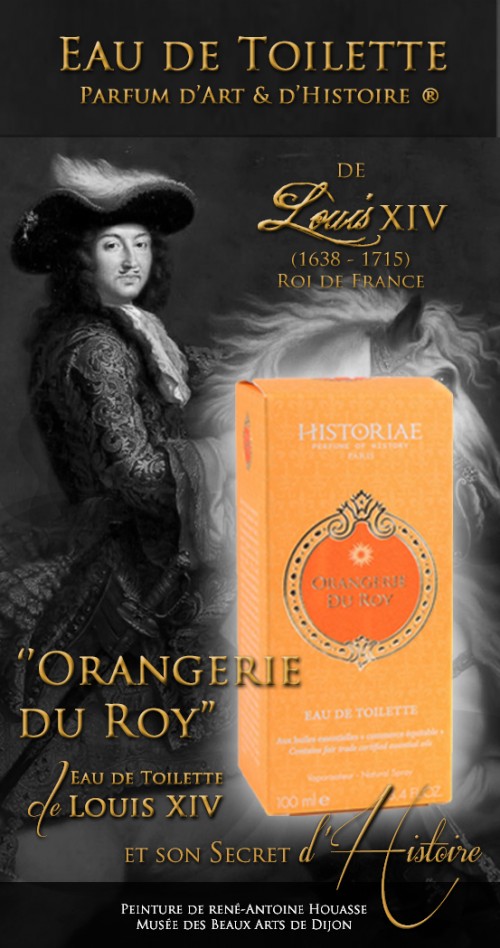
Orangerie du Roy - Eau de Toilette
-
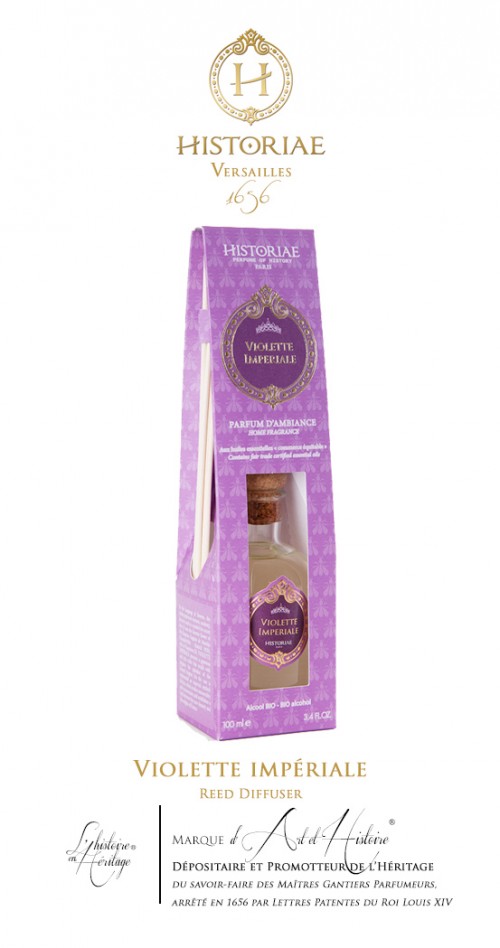
Violette Impériale - Reed Diffuser (Sticks)
-
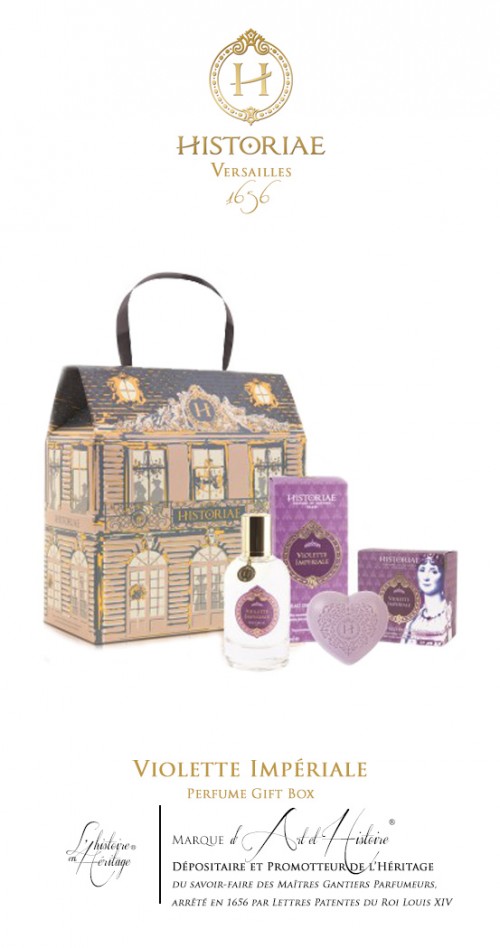
Violette Impériale - Perfume Gift Box
-
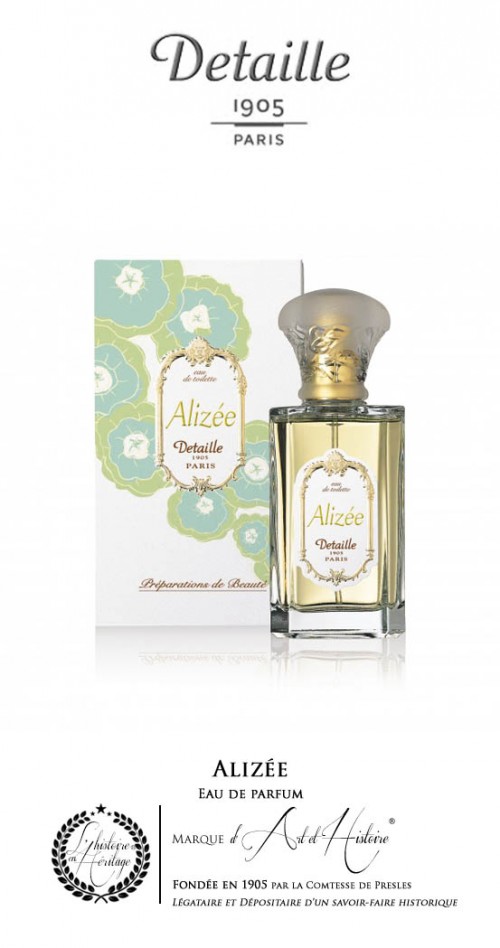
Alizée - Eau de Parfum
-

Bouquet du Trianon - Perfume Gift Box
Autres produits associés à "Objects of History of Empress EUGÉNIE"
Wishlist
Top sellers
-

Jardin le Nôtre - Eau de Parfum
Reinterpreted Perfume Of History In order to celebrate the fourth...
10,00€ -

Bouquet du Trianon - Eau de Toilette
Reinterpreted Perfume Of History Versailles, 15th of August 1774 Art...
59,00€ -

Orangerie du Roy - Eau de Toilette
reinterpreted Perfumes of History Versailles, September 1rst 1689...
59,00€ -

Rose de France - Perfumed Soap
reinterpreted Scents of History Rose de France plunges us into the...
6,50€
Informations
Manufacturers
Suppliers
Viewed products
-

Violette Impériale - Eau de toilette
reinterpreted Perfume of History Paris, June 1rst 1879 Imperial Violet...


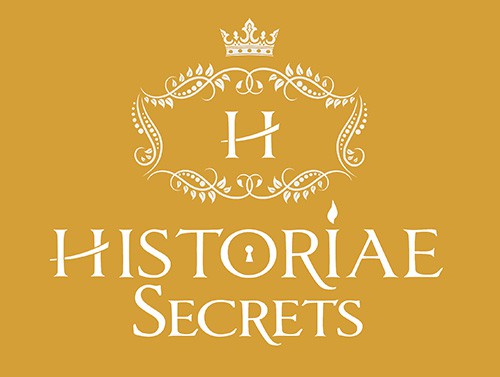
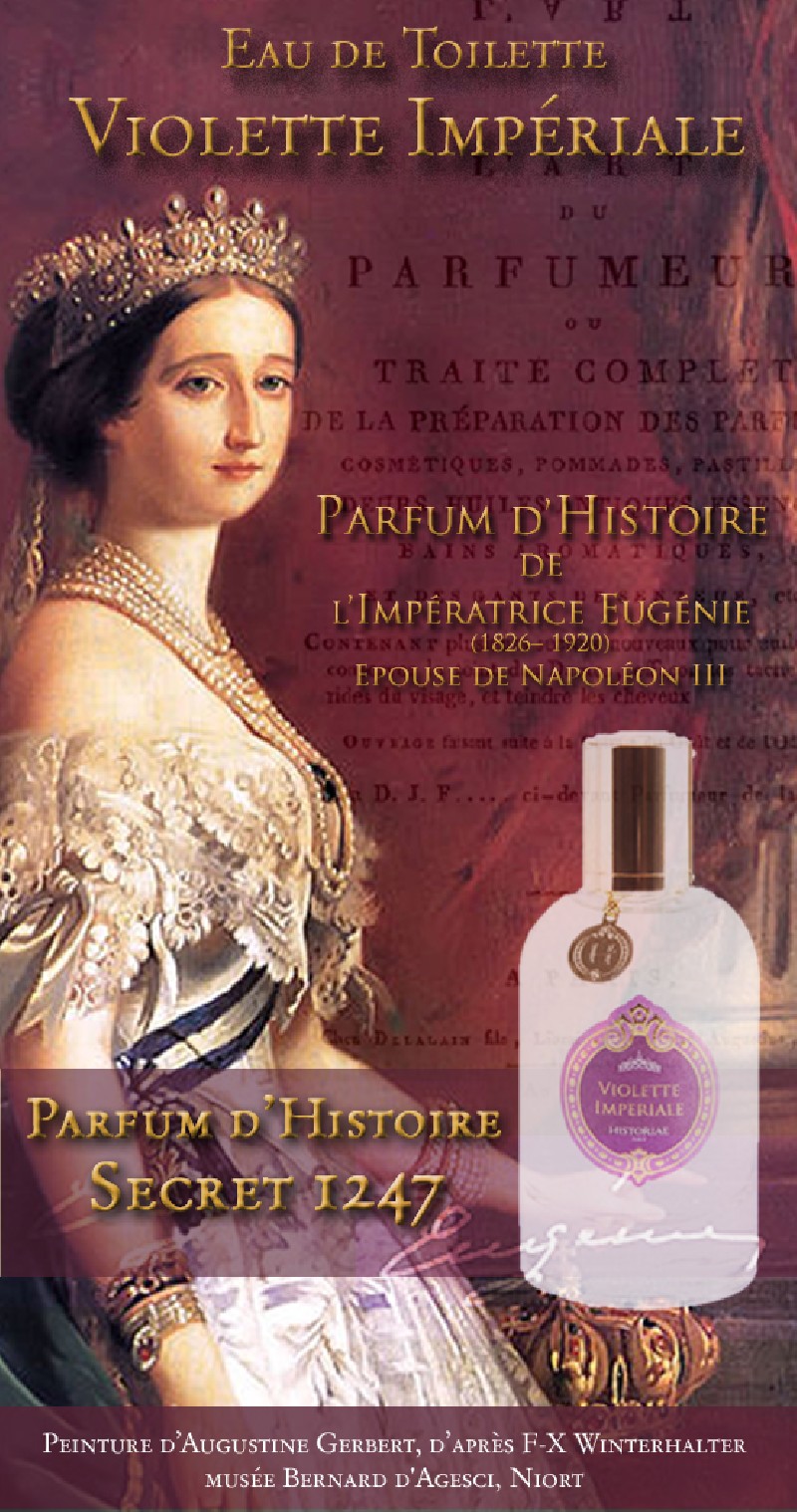




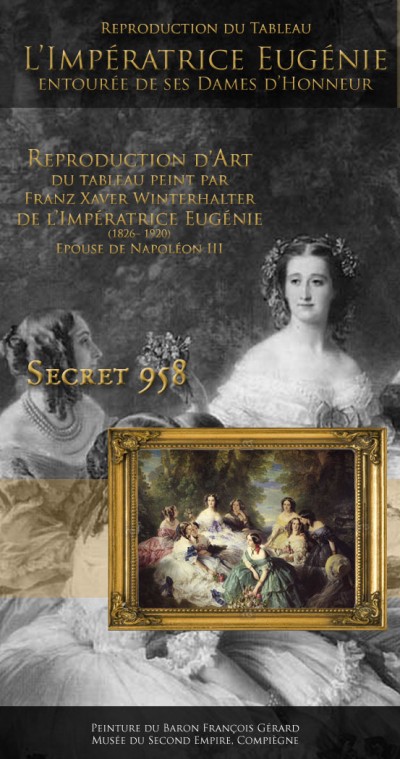
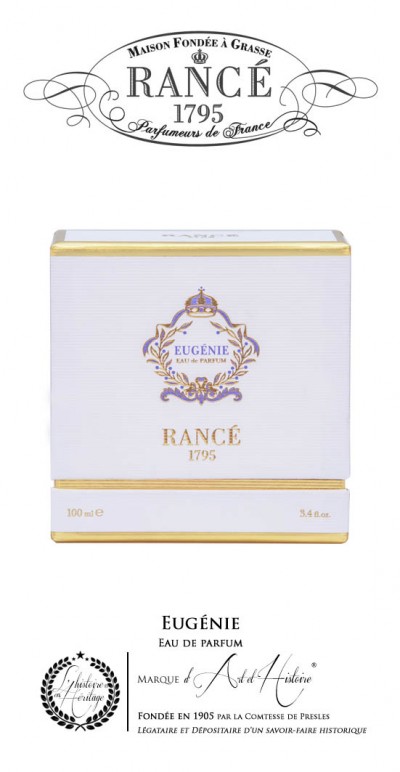



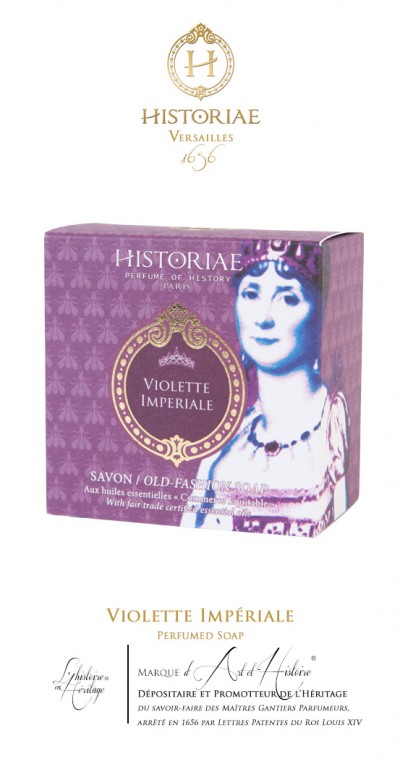
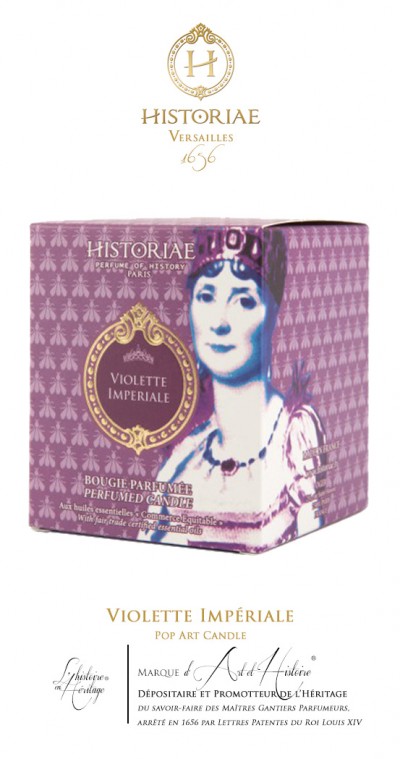

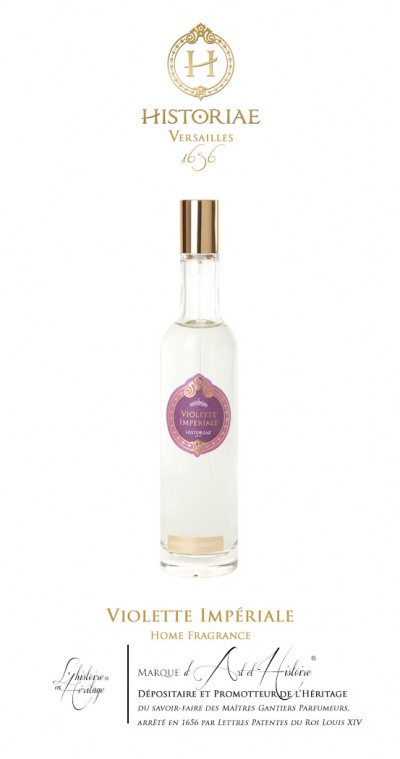
No customer reviews for the moment.